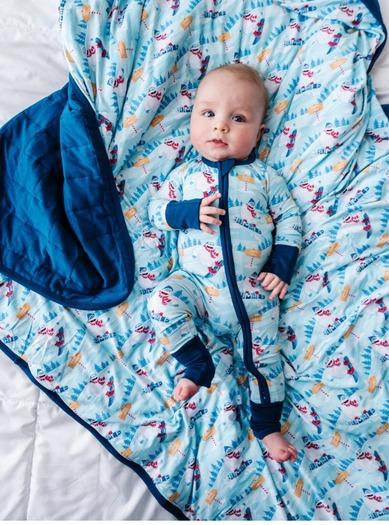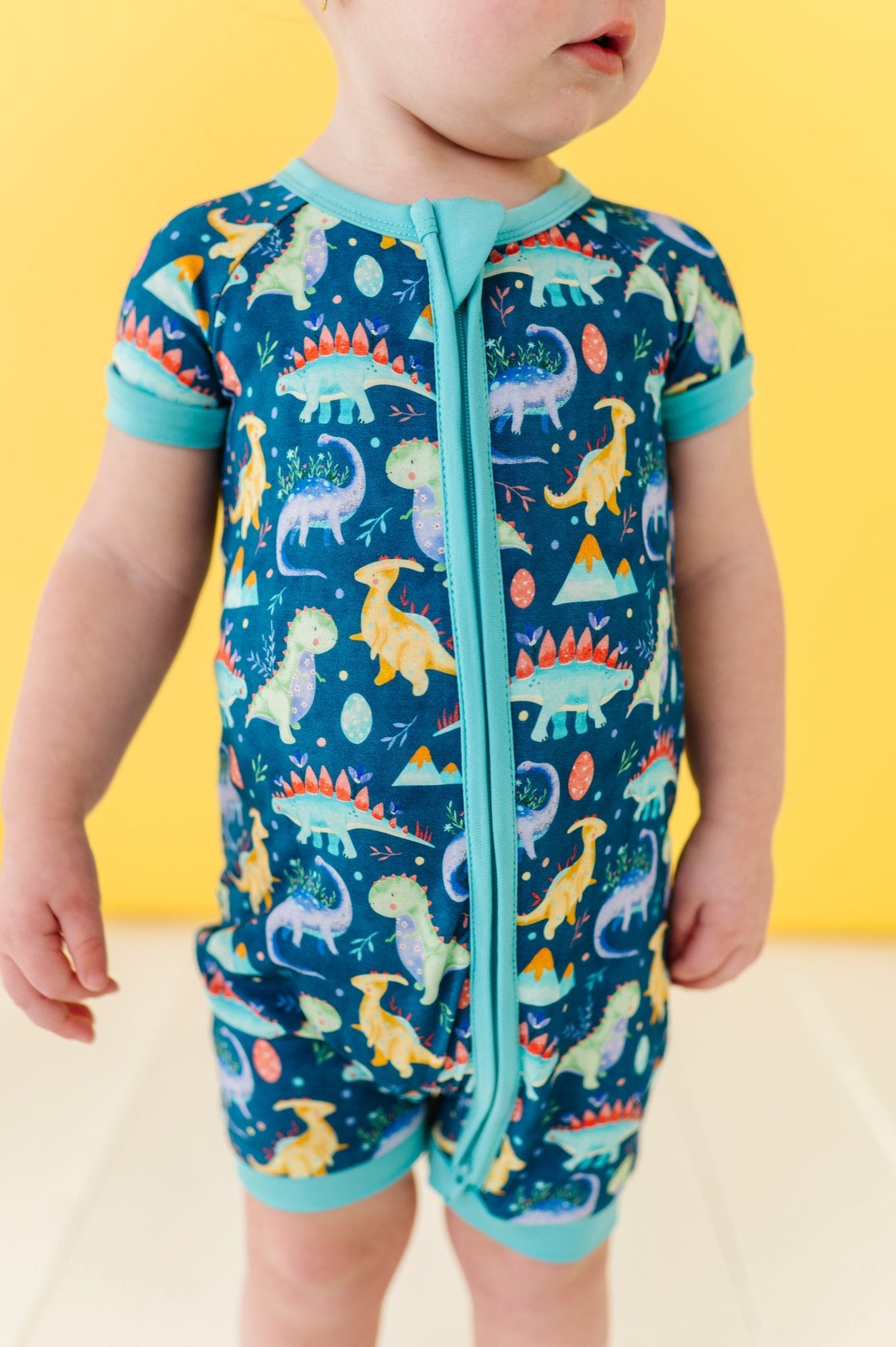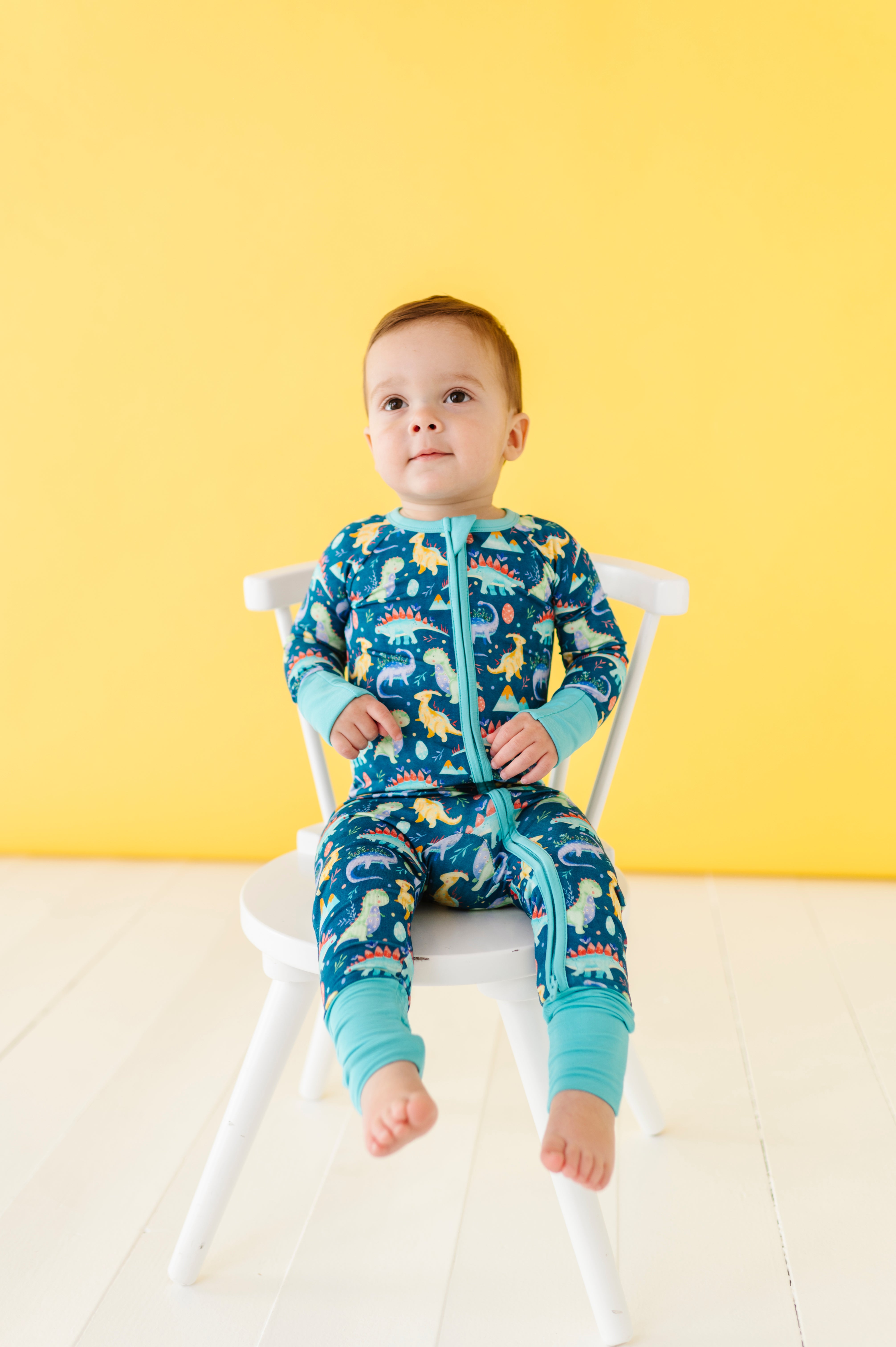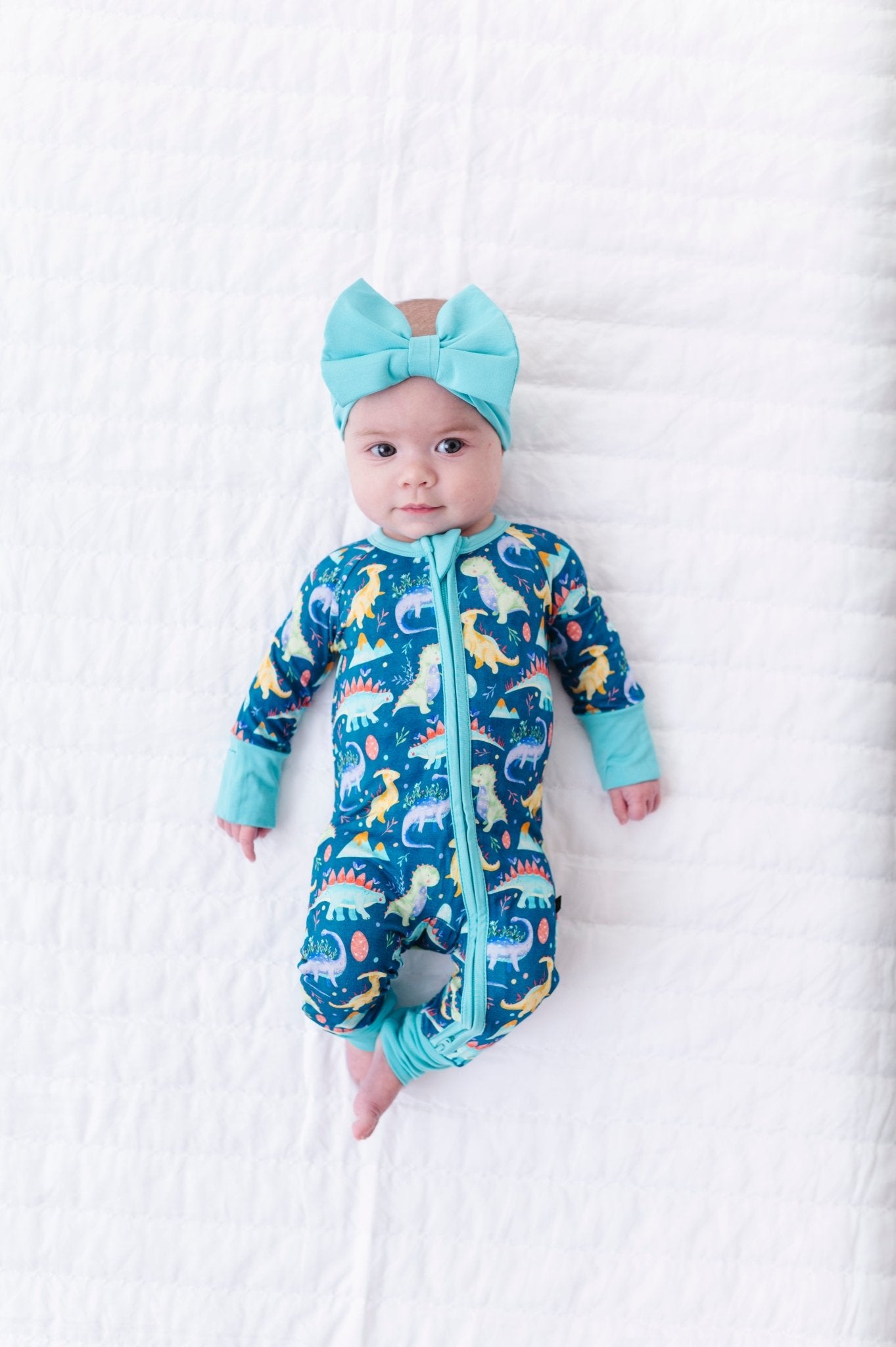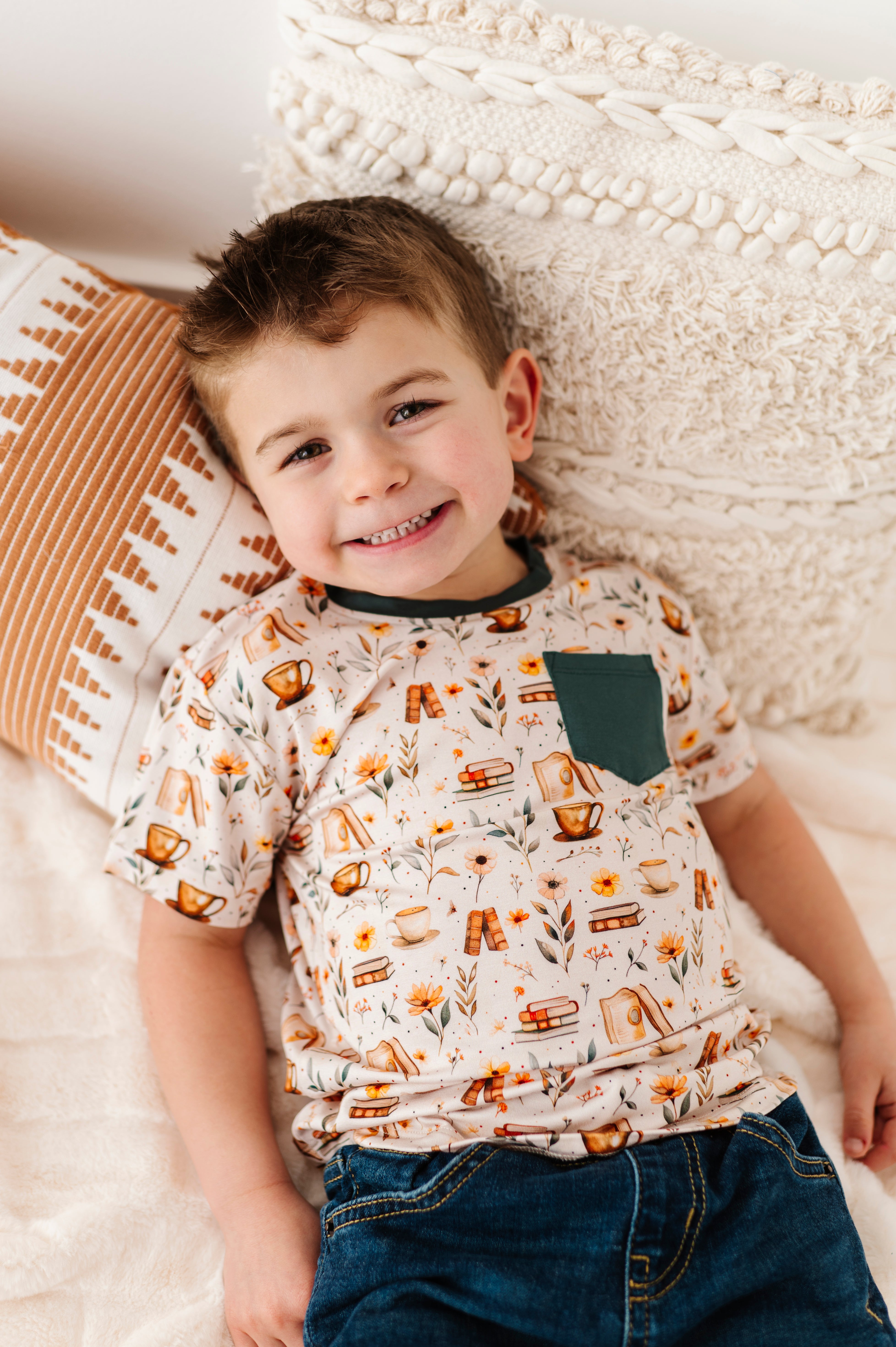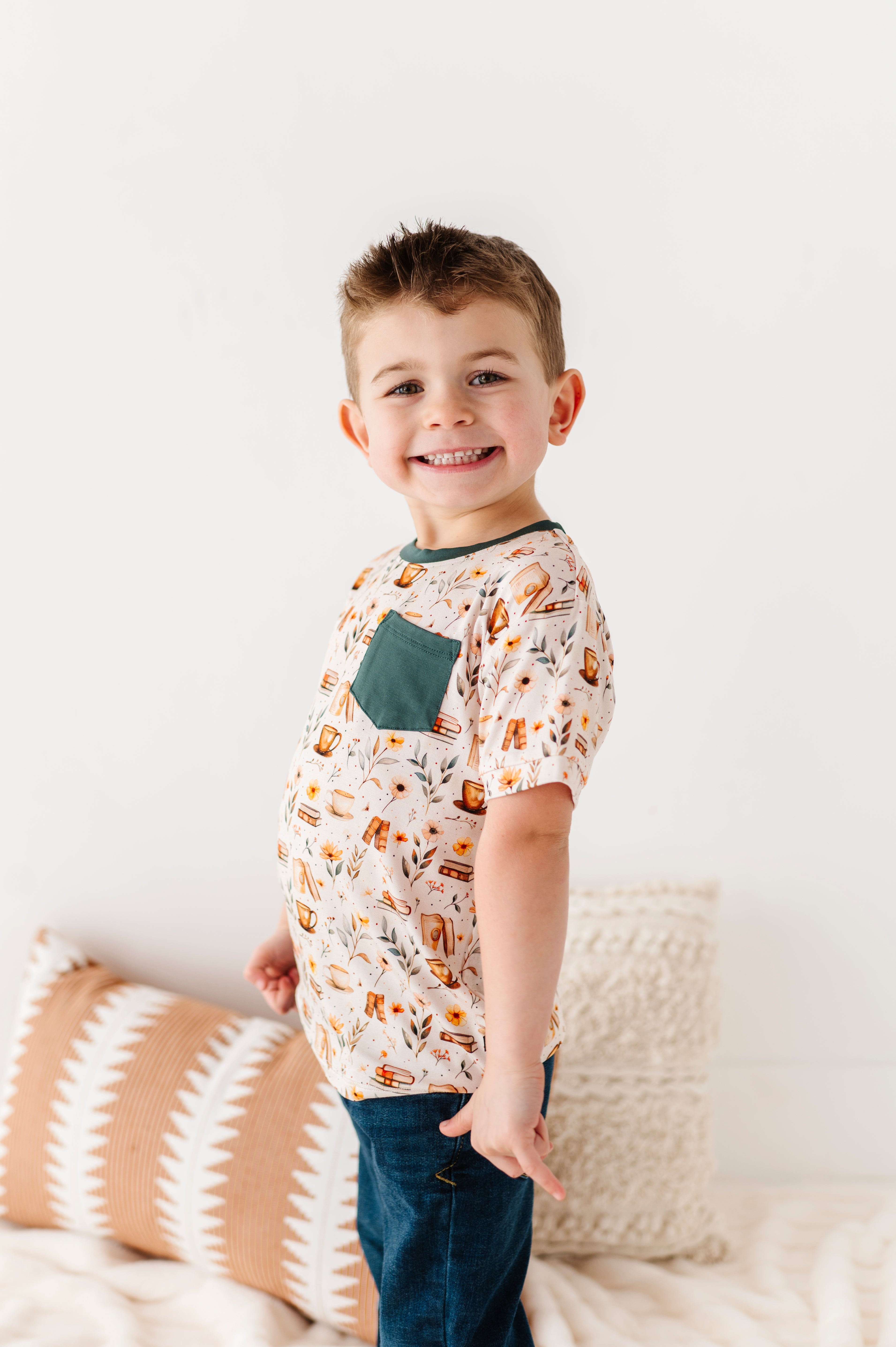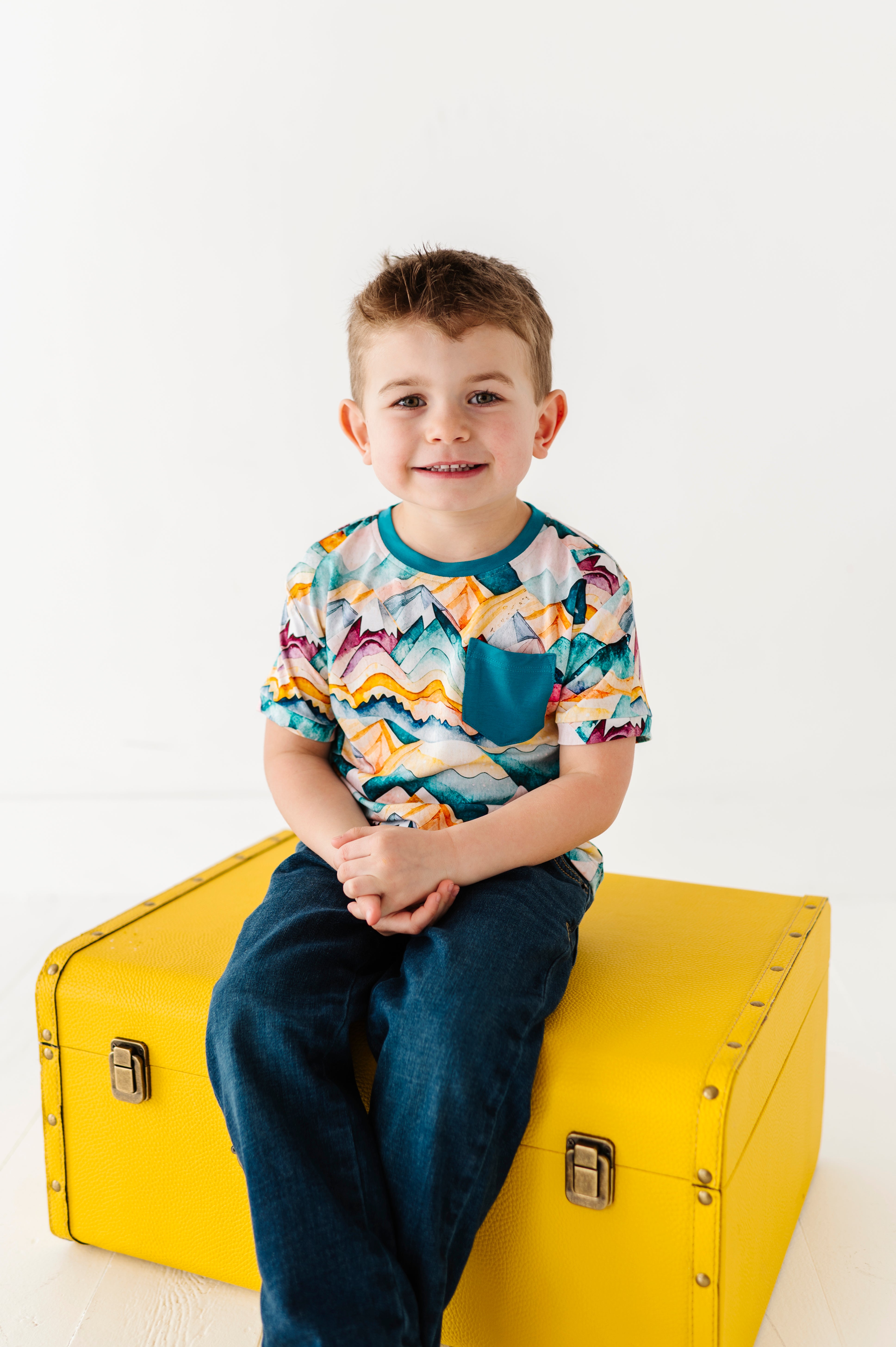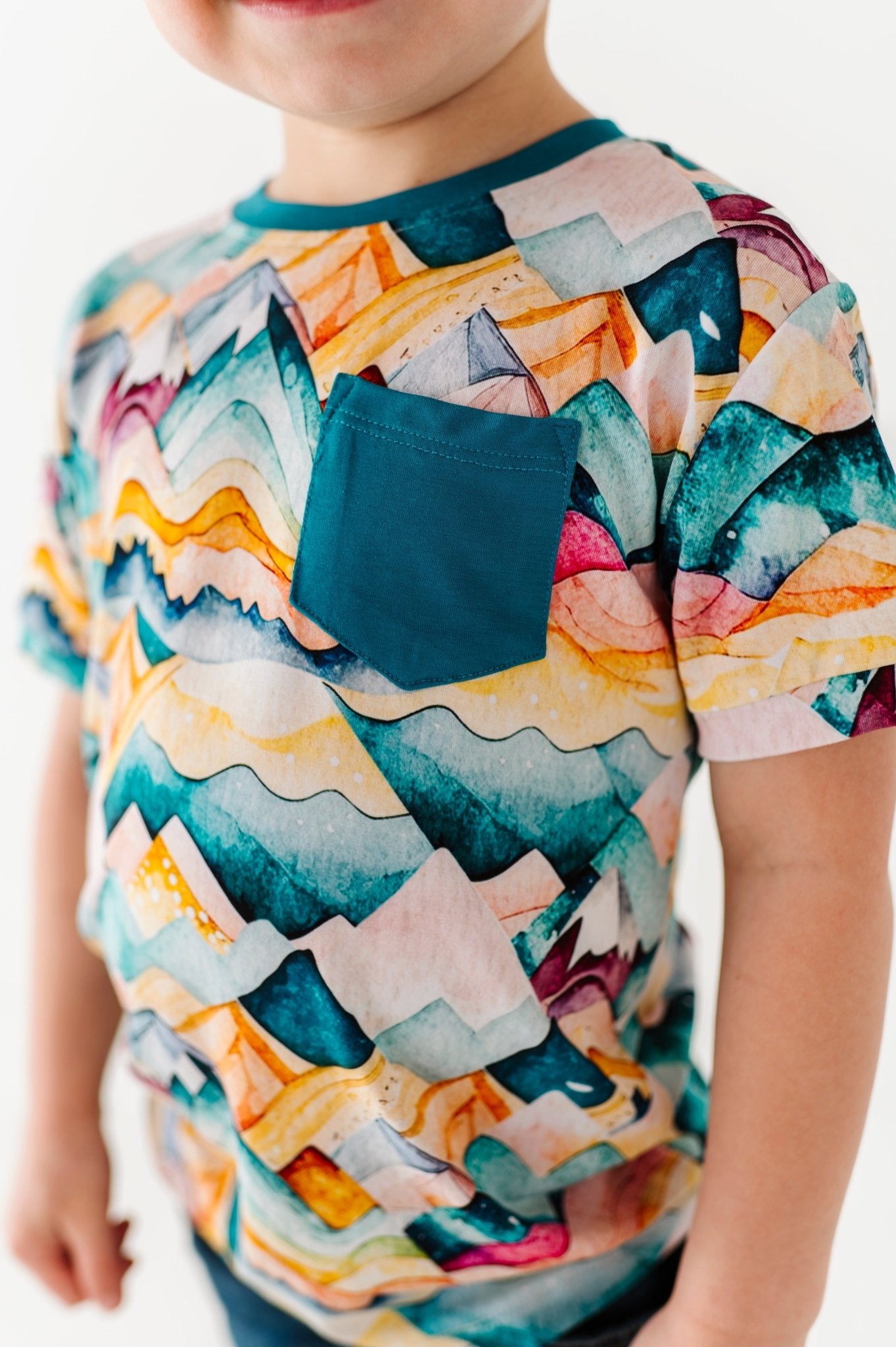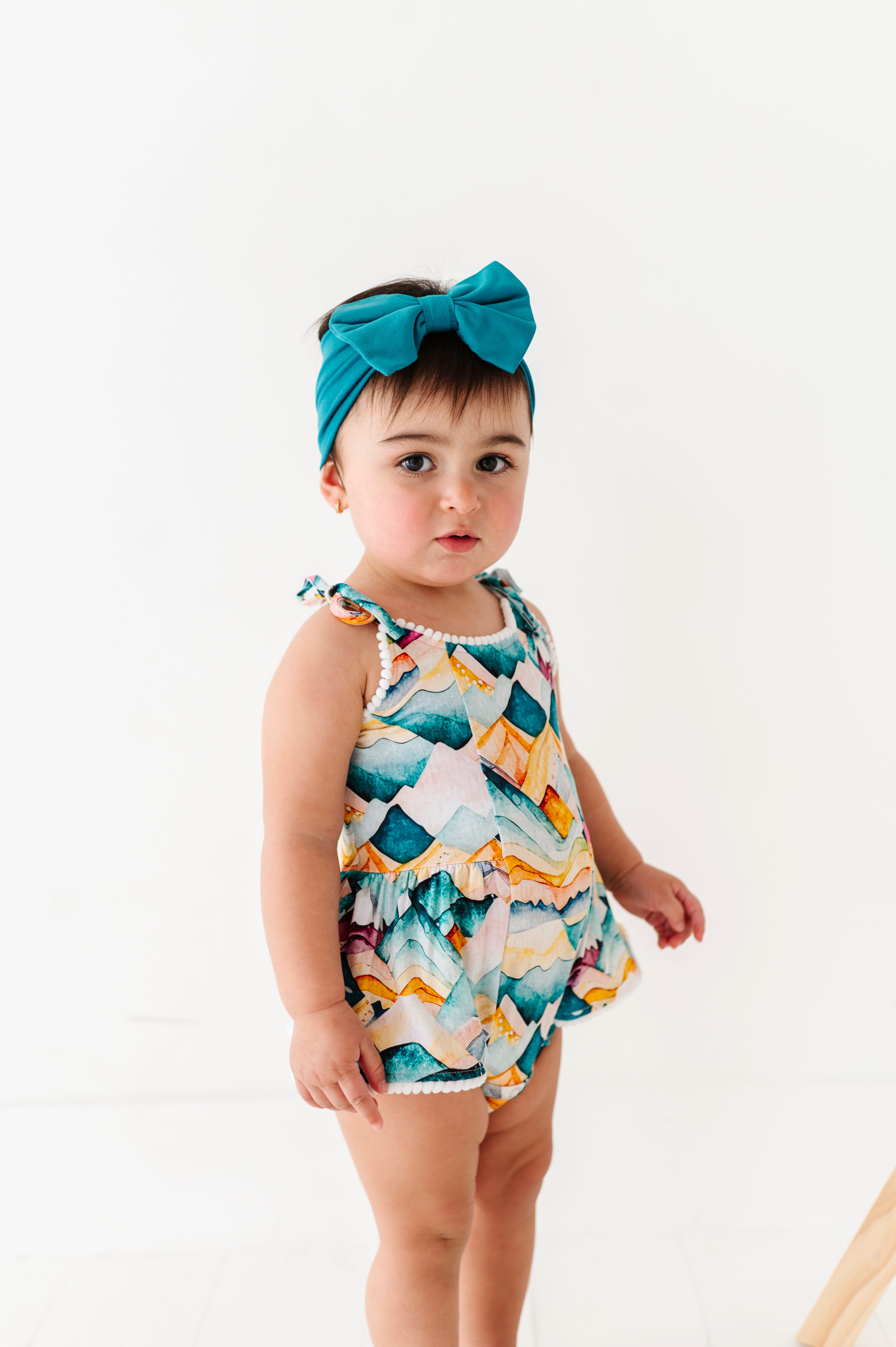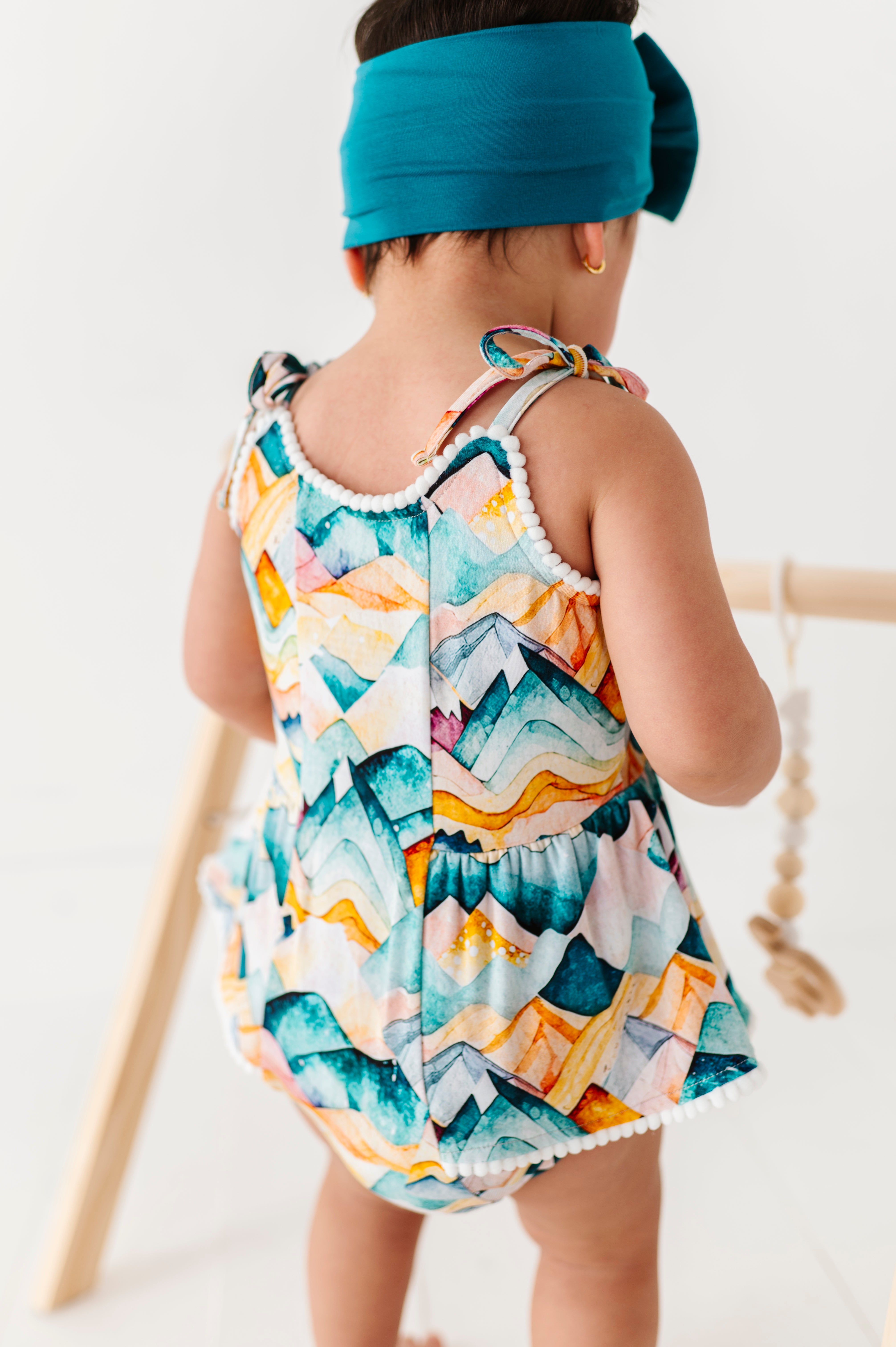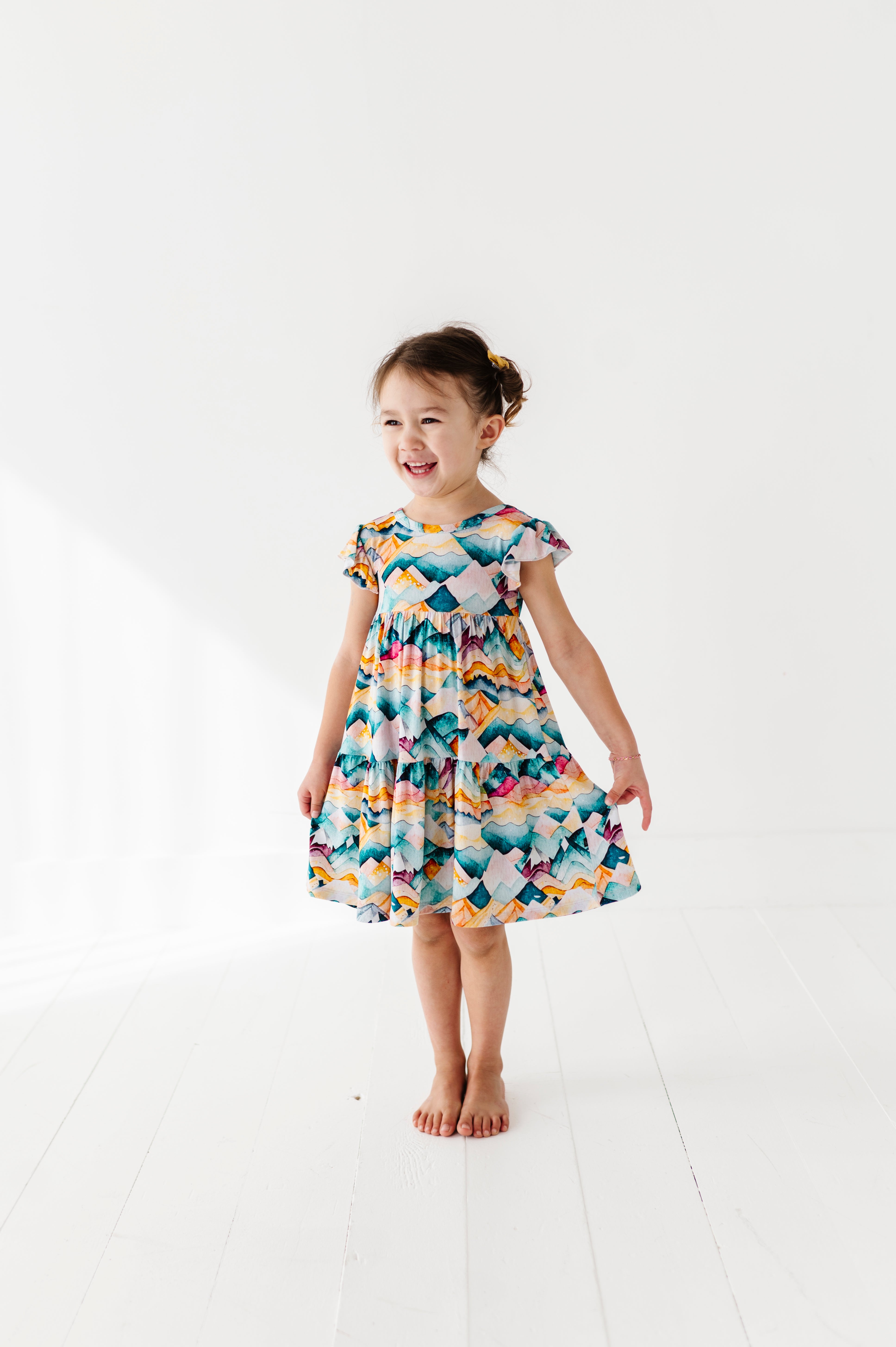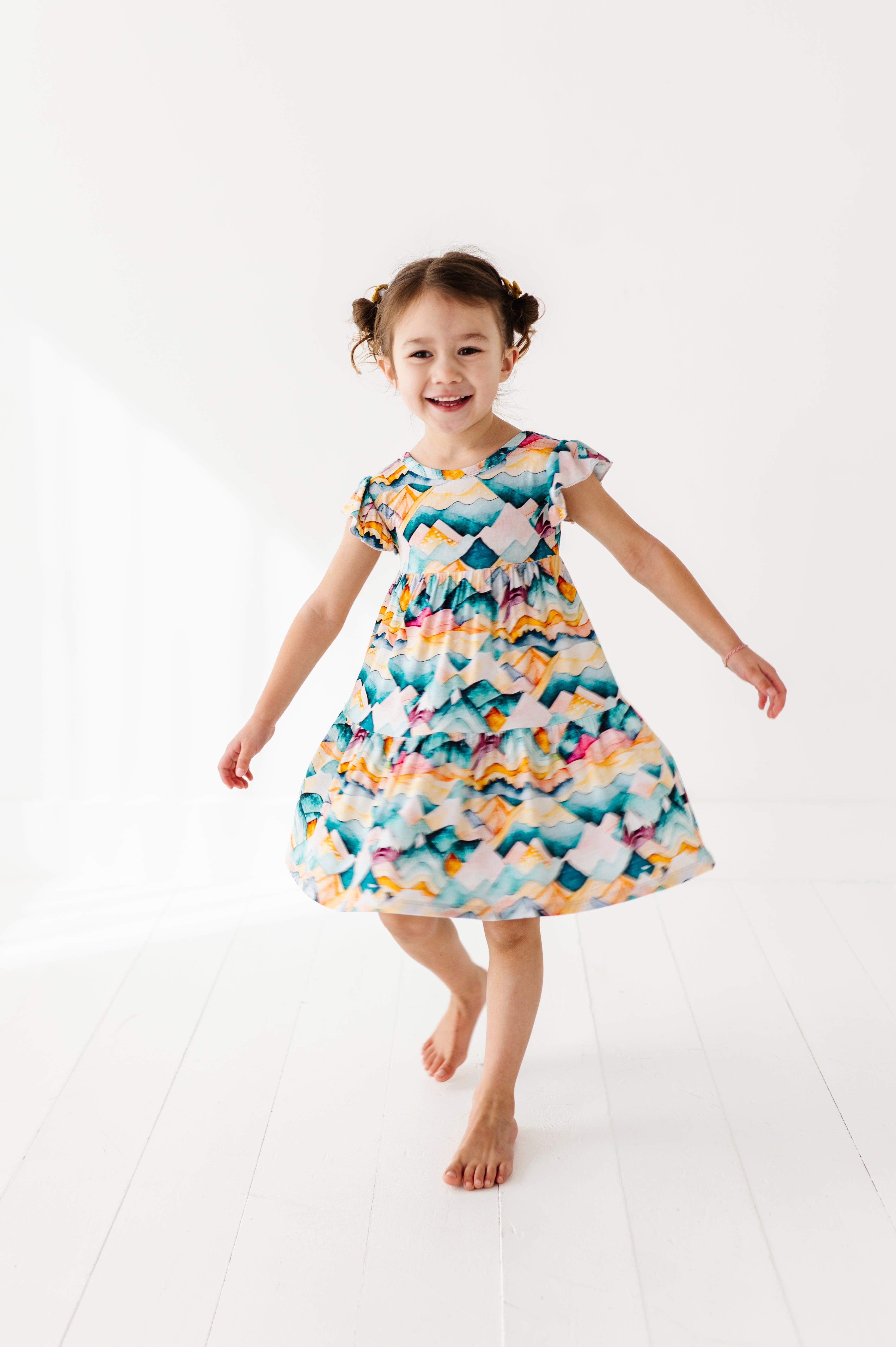As a parent, the question about when a baby can sleep with a blanket is probably one of the most important questions. Given the amount of information available for parents who aim to provide their baby with a safe sleeping environment, it could be puzzling to decide when it is safe to use a blanket for the baby. However, the recommended age for blanket or loose bedding use provided by the AAP is 12 months and above. There is a need to understand the suggested safe sleep practices which includes considering key factors like your baby's age, room temperature, and how to adapt to seasonal changes. You get to answer the question about when your baby can sleep with a blanket without safety concerns.
Understanding When Can Baby Sleep with a Blanket
It is of utmost necessity to have an idea of when your baby can sleep with a blanket. Taking the recommendations of experts will help prevent sleep-related risks.
Importance of Safe Sleep Practices
It is crucial to be knowledgeable about the question of when a baby can sleep with a blanket. Consequently, commitment to safe sleep practices plays a critical role in preventing sleep-related issues. Some sleep-related risk factors include sudden infant death syndrome and suffocation, which is a large portion of the infant mortality rate in the United States. More than 3,400 children die each year from these horrible and avoidable circumstances. To minimize these risks and dangers, governmental and healthcare institutions, such as the American Academy of Pediatrics (AAP), provide specific safety guidelines to follow regarding the baby’s sleep. The following recommendations are well substantiated through research and are concerned with providing the safest sleeping environment for babies.
Expert Recommendations on When Can Baby Sleep with a Blanket
The AAP's stance on the use of blankets with infants is unequivocal: Blankets should be strictly barred for babies below 12 months of age. Loose bedding, such as blankets, is highly associated with SIDS and also has a high risk of suffocation, where babies end up buried under the blanket.
- Newborns (0-3 months): It is advisable not to use blankets at all. Don’t wear loose, heavy clothing to bed; instead, choose snug-fitting pajamas if you are so inclined.
- 4-6 months: Depending on the size and weight, they can be acceptable as long as they do not cover the baby’s head.
- 6-12 months: At this age, they can use slightly larger blankets. It is important to ensure that the blankets are fitted in at the foot of the crib tightly enough to make it impossible for the baby to pull up over the face.
- 12+ months: Parents should pay keen attention to the kind of blankets that the baby uses, especially when the baby is mobile and can roll over around the house.
Factors to Consider Before Introducing a Blanket
To ensure your baby's safety, you have to tick all the boxes containing factors to consider before introducing your baby to a blanket.
Baby's Age and Developmental Milestones
The right age for one to introduce a blanket depends on the developmental age of the child. According to AAP, parents should only allow the use of loose bedding items when the baby is at least 12 months old because younger babies are at higher risk of suffocation.

Sleeping Environment and Room Temperature
Another factor that matters is the temperature of the room your baby is sleeping in. Make sure the room is at a comfortable temperature between 68 and 72 degrees Fahrenheit, and put your baby in loose-fitting, cool clothing. This is because it helps prevent overheating, which may lead to the development of SIDS. Before introducing a blanket, consider the room temperature carefully. Check our Tog temperature chart to ensure your baby is comfortable and safe throughout the night.
Different Kinds of Blankets and Some of the Measures for Safety
When the time comes to introduce a blanket, choose one that is thin, airy, and does not pose any risks to the baby. In selecting sleeping outfits, look for features like snug fits, secure fastenings, and the absence of loose pieces that could pose a suffocation hazard.
Safe Sleep Guidelines for Infants
The AAP has provided safe sleep guidelines as a suitable response to the popular question of when a can baby sleep with a blanket. Here are some of the core guidelines:
Creating a Safe Sleep Environment
To prevent SIDS and other sleep-related mishaps, it is crucial to promote safe sleep settings. According to the AAP, it is safe to put your baby's back on a dry, flat, and firm crib sheet or bassinet.
It is also wise to avoid the use of soft mattresses, pillows, or any other objects that might end up covering the baby’s face or head. Make sure that there are no toys, bumpers, or any other items that might cause suffocation or entanglement present in the crib.
Alternatives to Blankets for Keeping Baby Warm
Another excellent product to consider when dressing your baby to sleep is using sleep sacks or wearable blankets. These are baby wear that are as warm as a blanket but leave the face and head of the baby uncovered to facilitate breathing. They generally come with secure zip-up designs, which encompass the body but do not have the possibility of suffocating an infant.
The advantages of these alternative sleep aids, therefore, are not only in terms of safety. They can assist in controlling the temperature of your baby, thus avoiding situations where the baby may get too hot or cold. They can also assist in encouraging the baby to sleep well since it mimics the feeling of being wrapped up.
Transitioning from Swaddling to Blankets
Newborn babies often face some challenges when transitioning from swaddling to the use of a blanket. The AAP advises to stop swaddling when your baby starts rolling, which is around 2-4 months.
However, when making this transition, it is advisable to do it slowly, steadily, and methodically. Begin with a small sleeping blanket that can also be used like a sleep sack, and as your baby gets bigger, slowly transition into a new, larger blanket. The gradual approach will enable your little one to adapt to the new sleeping environment as they will feel familiar with the surroundings that they have grown up with.
Potential Risks Associated With Early Blanket Use and How to Mitigate Them
Knowing the potential risks associated with early blanket use makes it easy to mitigate against serious consequences.
Risks Associated with Early Blanket Use- Respiratory Risks: All infants breathe rapidly and can quickly become uncomfortable and sweaty when wrapped in thick blankets. This can cause respiratory inadequacy, a hike in the work of breathing, and suffocation if the blanket is placed around the face area. It is also known to cause overheating.
- Developmental Risks: Some of the harms of the use of blankets and swaddling are that they inhibit perceived motion and motor development in the child. This can slow the development Of muscle tone control, coordination, and the ability to soothe oneself to sleep by sucking on fingers or hands.
- Hip Dysplasia: To your surprise, such actions as wrapping the child too tight with his legs and hips aligned straight can lead to hip dysplasia, an abnormal development of the hip joint. It can result in long-term mobility difficulties.
- Overheating: An infant is not able to regulate his or her body temperature the same way a child or adult would. Warm clothing or blankets and keeping the baby covered tightly may lead to an increase in the body temperature, one common SIDS risk factor.
- Entrapment Risks: Swaddle blankets are also dangerous because if they are accidentally placed over the child’s face, they can suffocate him or her. It is even more hazardous if the child is asleep, as has been demonstrated by the following cases that we shall be discussing later on in this paper.
Signs Your Baby Is Ready for a Blanket
Here are the key signs that indicate a baby is ready to start using a blanket safely:
- Age: According to the American Academy of Pediatrics, a blanket should not be put in the crib before 12 months of age. Before this, the probability of SIDS and suffocation is rather high.
- Rolling Over: When can your baby sleep with a blanket? When your baby can roll over without assistance. When they have more control over their head and neck, they reduce the chances of smothering due to a misplaced blanket.
- Sitting Up: If a baby can sit up on his or her own, then they are not likely to suffocate by having a blanket over their face.
- Stability: Babies who can belly crawl or push up on their hands and knees have more developed body stability and can easily remove the blanket from a baby’s face.
- Self-Soothing: If the baby, for instance, can manipulate hands or fingers to their mouth for sucking, then they will not have to depend on the loose bedding.
- Awareness: Older infants are more perceptive of their environment, and they can adequately respond if a blanket gets close to their face.
Choosing the Right Blanket for Your Baby
Here are the key factors to consider when choosing the right blanket for your baby:
- Material: Choose natural fabrics such as cotton or muslin that allow the skin to breathe. Heavy and synthetic fabrics should not be used since they tend to trap heat. Natural fibers enable the free flow of air and proper regulation of temperature for the baby.
- Size: Blankets should be big enough to surround the body of the baby but should not touch the baby’s shoulders or face. Crib blanket sizes of about 30-40 inches square are appropriate, large enough to cover the crib adequately but small enough not to overwhelm.
- Weight: The blanket should be thin and have a tog rating of 1. 5 or less. Loose and thick blankets can lead to suffocation and limit the mobility of the baby.
- Safety: Ensure that no part of the blanket, such as strings or decorations, could easily come off and cause choking. Blankets should also not contain any toxins or flame-retardant chemicals that may be dangerous to the baby.
- Fit: The blanket should be able to fit tightly around the mattress so that there is no loose fabric that the baby can get entangled in. Comfort and protection are the key factors when it comes to the positioning of the seat belts.
- Washing: Select a blanket that can be washed with hot water to eliminate any germs or bacteria that may be present. Do not use fabrics that are easily damaged and need gentle washing since washing is done often.
- Comfort: Take into account the baby’s preferences. Some people like to wear soft and comfortable materials, while others are more comfortable wearing loose and airy materials. Observe how the baby reacts to such materials. Select blankets made from safe materials suitable for children's sleepwear. Learn more about fabric safety in our article on why fabric says not intended for children's sleepwear.
Practical Tips for Parents on Safe Blanket Use
As parents, it is vital to consider and implement practical tips aimed at ensuring safe blanket use for your baby.
Monitoring Your Baby's Sleep
Close monitoring is significant for guaranteeing that your baby does not suffocate while using the blanket. Choose a good baby monitor so that you can monitor your baby and observe signs of distress or dangers whenever you want to. It is crucial to monitor the baby’s breathing pattern, facial expressions, and sleep characteristics to diagnose problems that may occur. You might want to consider buying a monitor with additional options, such as temperature and movement indications, for extra safety.
Educating Caregivers and Family Members. For additional inspiration, consider exploring our Matching Family Christmas Outfit Ideas for festive occasions.
Educating Caregivers and Family Members
It is equally important to be consistent and repeat the message to all caregivers, such as babysitters, grandparents, and providers of daycare services, to adhere to the correct use of the blanket. Communicate your specific preferences and expectations clearly, and insist on them strictly following the safety measures you have instilled in your own home. Make a note of it either verbally or in writing, or make a list so that everyone knows about it.
Adapting to Seasonal Changes
Since weather and temperature change from one season to another, it is advisable to change your baby's sleeping environment as well. For warmer months, it is advisable to wear fabrics that will allow the skin to breathe while wearing layers that can be added or removed. In colder seasons, ensure to wear warmer and insulating nightclothes for your baby and regulate the temperature of the bedroom to provide your little one with a safe sleeping space. Try various blankets, like swaddle wraps or sleep sacks, and choose the one that is suitable for the current season.
Also, pay attention to temperature shifts during the night and adjust it to avoid sweating during the night or shivering in the morning. You should take your baby’s temperature often and then switch the bedding or clothing as needed. For more parenting tips and thoughtful gift ideas, explore our guide on Christmas gifts for new moms, filled with useful suggestions for every stage of motherhood.
Conclusion
It is very important to exercise caution when using blankets while putting the infant to sleep and to strictly follow the recommended safe sleep guidelines. Some measures include being watchful over the baby’s sleep, ensuring that all baby minders know how to put the baby to sleep safely, and modifying the sleeping conditions depending on the season.
However, some important considerations mean that parents should always check with a healthcare provider about safe blanket use and sleep practices for their baby. Thus, by adhering to these useful pieces of advice and staying up-to-date, parents will be able to create a comfortable and safe sleep area for little ones. They can easily focus on the child’s needs when the baby can sleep with a blanket.
